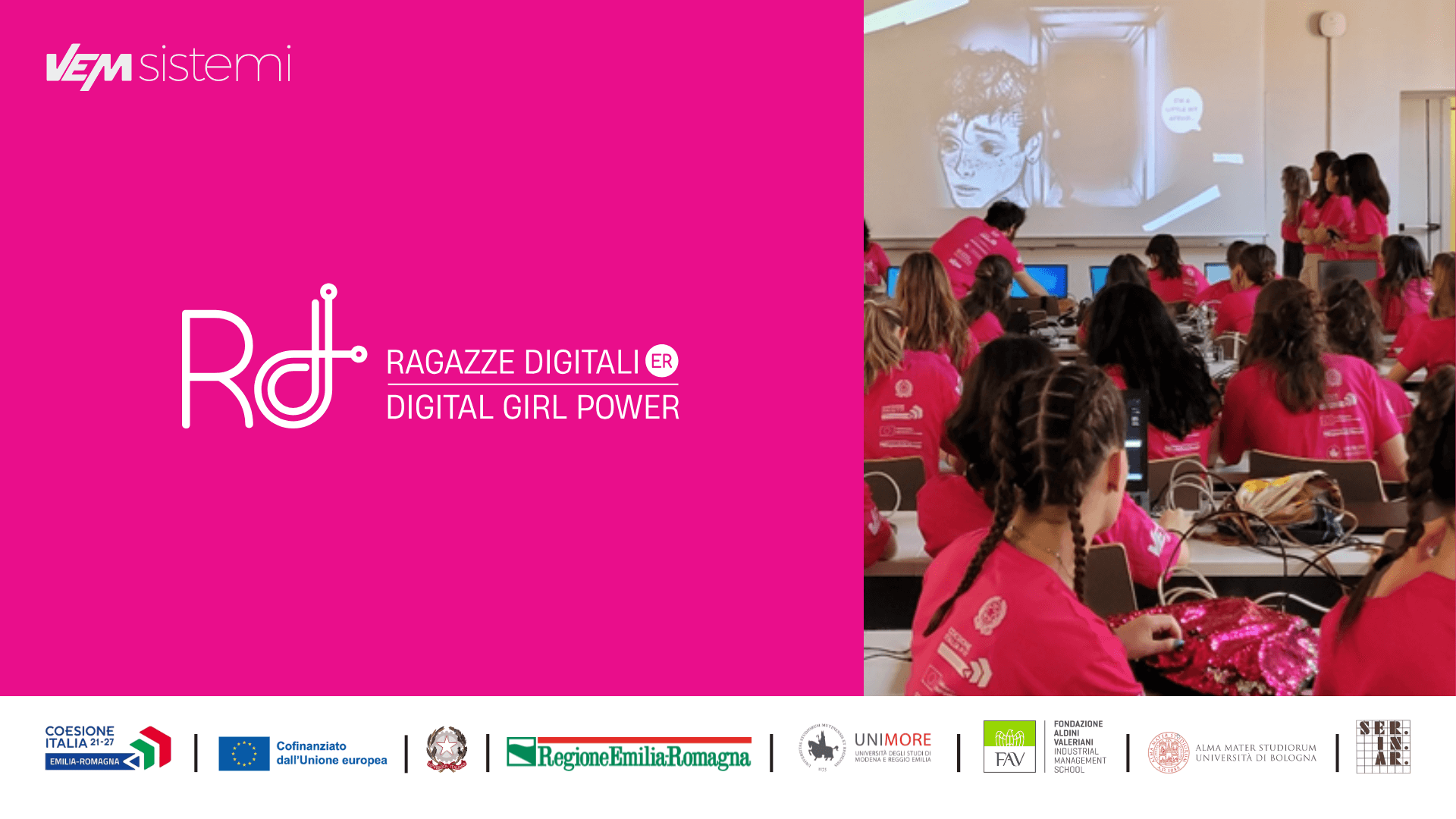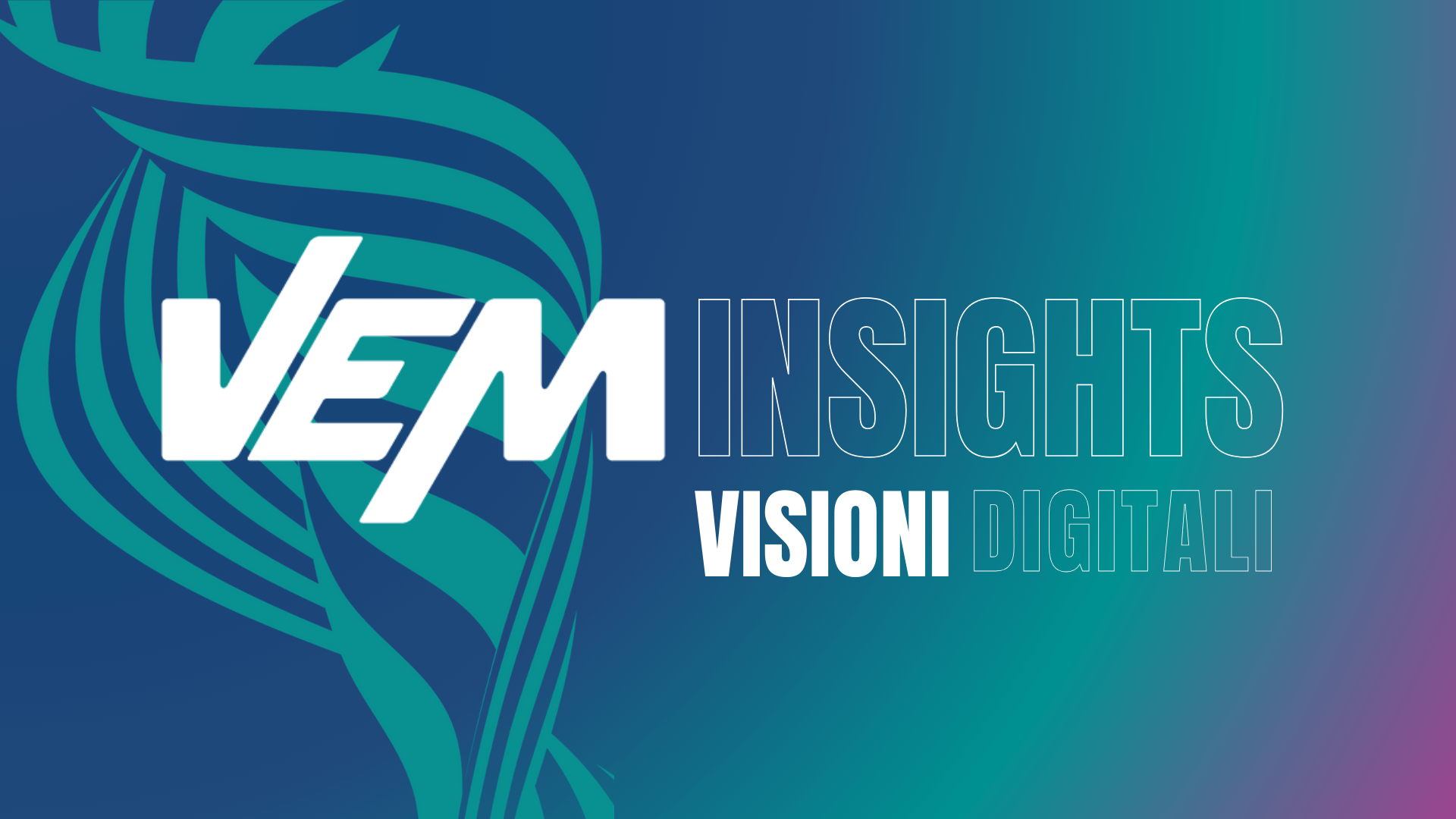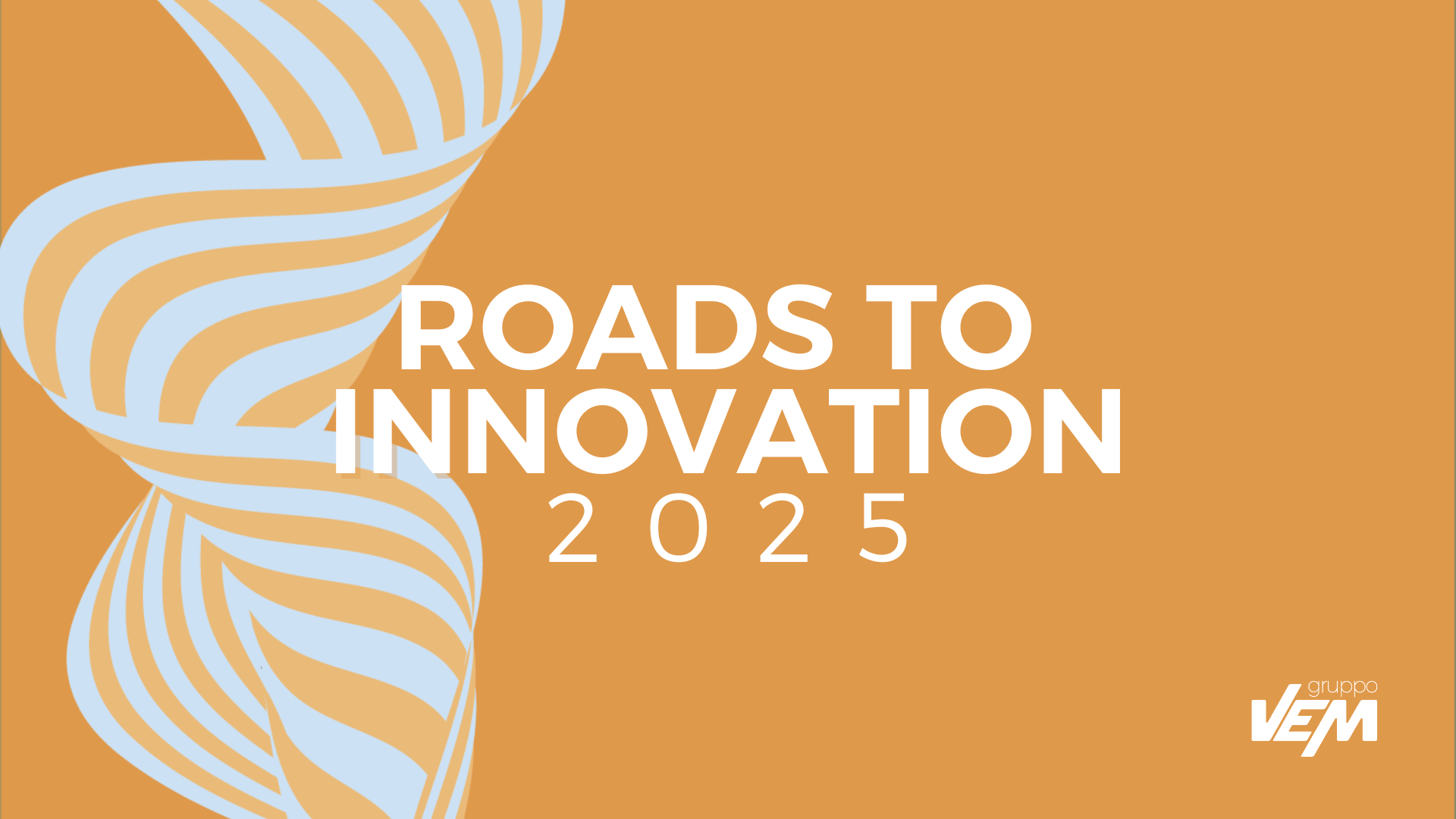By Marco Bubani, Innovation Director at VEM sistemi
The speed at which the market demands companies to adapt to new scenarios and conditions is constantly increasing. Digital infrastructures must be even more scalable, flexible, and capable of responding to changing business needs.
One of the first answers to these requirements was the Public Cloud, but today—although it continues to be a valuable resource—the evolving needs of companies and emerging technologies demand more diversified and flexible solutions: data sovereignty, increasingly strict regulations on data security and privacy, artificial intelligence, low latency, and cost control are all highlighting the need to design infrastructures in a hybrid way. This approach, leveraging the advantages of the Public Cloud in combination with other architectures, allows companies to optimize performance, security, and costs while meeting specific operational and strategic requirements.
However, for this model to be achievable, we must completely rethink how Data Centers have been designed up to now—bringing the flexibility and scalability typical of the Public Cloud into corporate digital infrastructures, and re-evaluating the model through which these dynamic and distributed environments are protected from new threats.
VEM sistemi specifically identifies four “key trends” that are already impacting how Data Centers are designed—and that will influence how they must be rethought in the future—and three ICT vendors that can make a real difference: Cisco, Red Hat, and Schneider Electric.
A new kind of hardware
In the past, CPUs were the dominant element in Data Centers. Today, alongside them, we have GPUs—processors specifically designed for Artificial Intelligence. It has become clear that the computational capacity required to process the data needed to train algorithms could not be handled by the same processors used for application management. As a result, all big data and AI operations have been offloaded to dedicated hardware, namely GPUs.
Now, however, we are witnessing the emergence of a new class of dedicated hardware. Even the Data Center infrastructure—now increasingly software-oriented—can be transferred from the CPU to dedicated hardware known as Data Processing Units (DPUs): boards with processors optimized to manage the four structural components of the data center—networking, observability, storage, and security. However, in complex and distributed architectures, placing these four components on dedicated hardware may prove challenging in the design of the data center of the future.
This is where CISCO plays a crucial role. Thanks to its acquisition of Isovalent, one of the most experienced companies in the open-source field of cloud networking and service mesh (communication between containers), Cisco has expanded its offering by creating the Hypershield solution—a security architecture designed to protect next-generation, AI-based data centers. Isovalent was founded with the specific goal of managing and optimizing networking, observability, and security in container-based distributed systems. As a result, Cisco can now offer a comprehensive view of all communications, both within the physical hardware context and the software-oriented domain.
The cloud
The cloud offers numerous advantages—flexibility, scalability, and cost reduction—making it an attractive choice for many companies. However, it also presents some challenges, such as data governance, more difficult cost control, and dependency on a cloud provider. Building services with proprietary technologies from large hyperscalers means becoming deeply tied to that specific hyperscaler. These factors have led companies to reconsider how to design their Data Centers in ways that preserve the advantages of the cloud, while ensuring greater governance, more independence from cloud providers, and better cost control. This has given rise to the trend of containerization, where Red Hat stands out as a key player. This trend entails a new way of thinking about applications: restructured as microservices, each managed by an application container that can move between on-premises and cloud environments, maintaining a certain degree of independence from the chosen cloud provider.
Virtualization
Recent market changes have shown companies that dependency is not limited to cloud service providers, but extends to other technologies as well. This dependency, or lock-in, can be particularly significant when a dominant provider gains technological hegemony in the market. But what happens if this provider undergoes changes in ownership, strategy, policy, or financial stability? This raises once again the need for companies to become more independent and to have the ability to evaluate alternatives. In the virtualization market, this awareness has led CIOs to explore new technology options beyond those commonly used until now.
One such solution, for those interested in modernizing their applications, is Red Hat’s OpenShift platform, which VEM sistemi considers a strong candidate. This platform allows virtual machines and application containers to coexist in the same environment, managing both aspects in a hybrid way. In essence, virtual machines are incorporated into application containers, enabling a gradual transition toward microservices-based application redesign.
Artificial Intelligence
Artificial Intelligence has a significant impact on Data Centers, due to its inherent demand for data and resources. Training or developing AI algorithms requires systems with high computational capacity, capable of handling extremely high data traffic and addressing heat dissipation challenges. This concentration of computing loads, combined with the need for massive data access, makes traditional data center designs inadequate to support such applications. Schneider Electric, a leader in the design of next-generation Data Centers, has developed technologies specifically for managing high-density, high-performance computing systems like those generated by AI, with a strong focus on sustainability, energy consumption reduction, and environmental impact.
VEM sistemi stands out in the system integrator landscape thanks to its ability to design both physical data centers and—thanks to its acquisition of Neen—hybrid cloud-based infrastructures, thus offering clients comprehensive, high-value solutions. By focusing on key themes such as cloud, virtualization, artificial intelligence, and hardware evolution, VEM is able to anticipate and tackle future challenges, contributing to the creation of modern and advanced Data Centers. This strategic positioning enables VEM to play a leading role in innovation and digital transformation, supporting companies on their journey of growth and continuous adaptation.












